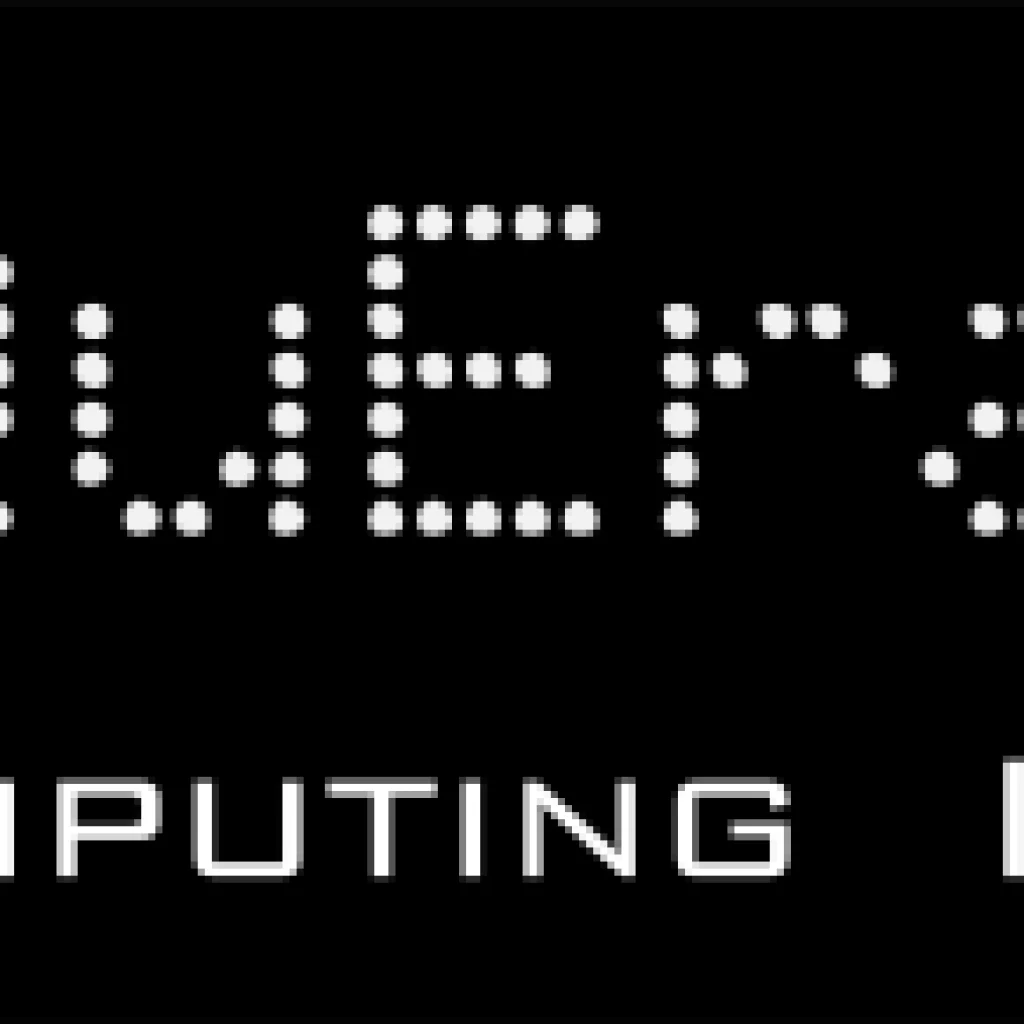QuEra Computing announced this week that it won a contract worth almost $42 million from Japan’s National Institute of Advanced Industrial Science and Technology (AIST) to provide the agency with a neutral-atom quantum computer to be installed on-premises with AIST’s planned ABCI-Q supercomputer.
That supercomputer, which is being built by Fujjitsu and will be powered by more than 2,000 Nvidia H100 GPUs, upon its completion could be the largest classical high-performance computer (HPC) dedicated to quantum research. After QuEra’s announcement, it is also now set to become a model for how quantum computers and classical HPCs can be deployed physically adjacent to one another to maximize computing power. QuEra, Nvidia, and others have said this hybrid on-premises approach is likely to become only more common in the years ahead, and it is already happening at sites like Australia’s Pawsey Supercomputing Research Centre.
For QuEra, and for other developers of neutral-atoms quantum computers, the roughly $42 million (6.5 billion JPY) AIST contract could be a significant game changer and market influencer. The price includes scheduled 2025 delivery and ongoing maintenance of a single quantum computer, a staggering windfall for the small Boston-based company that also provides a baseline value for similar deployment.
Also, the AIST deployment and a testbed deal announced in February with the U.K. National Quantum Computing Centre, should help push QuEra’s name into select company with firms like IonQ, D-Wave, Rigetti, and IBM that are making quantum computing a commercial reality today.
QuEra CMO Yuval Boger told IQT News, “If you were looking at QuEra say two years ago, people would have said, ‘Nice science, fantastic technology, but can this become a business?’ Well, I think [this contract] answers that question with flying colors, right? Of course it’s a business if we sell $42 million deals. It’s a very strong business. The other thing is that if you look at the public companies in the space and look at what they’re telling investors that they will sell this year, I think we are positioned very, very well relative to that. So, that’s put us in good company and we’re just in April.”
The hybrid infrastructure being planned as part of the Japan deployment also will be at the forefront of the convergence of quantum and AI, as a QuEra statement noted that the combined and complementary use QuEra’s machine and AIST’s ABCI-Q supercomputer will have “the ultimate goal of creating a hybrid platform for high-fidelity simulations and quantum AI applications.”
Takuya Kitagawa, President of QuEra, remarked, “We are honored that AIST has chosen our technology for installation in Japan. This partnership highlights our mutual dedication to advancing science and technology, setting new standards in computational research with a focus on quantum and AI applications. We are excited about working with Japanese entities and companies on new horizons with quantum computing.”
“The integration of quantum computers with GPU supercomputing is a key milestone to unlock the potential of quantum computing to accelerate scientific discovery,” added Tim Costa, director of high-performance computing and quantum computing at Nvidia. “QuEra’s system positioned alongside ABCI-Q and powered by CUDA-Q [Nvidia’s hybrid quantum-classical programming environment] represents a pioneering leap forward in this regard, enabling the development of cutting edge hybrid applications and quantum research and development.”
Masahiro Horibe, Deputy Director of G-QuAT/AIST, stated, “Installing QuEra’s cutting-edge technology alongside our existing computing infrastructure is a crucial step in Japan’s quantum initiatives. This collaboration will enhance our computational capabilities and drive the development of practical applications in fields like AI, energy, and biology.”
Dan O’Shea has covered telecommunications and related topics including semiconductors, sensors, retail systems, digital payments and quantum computing/technology for over 25 years.
